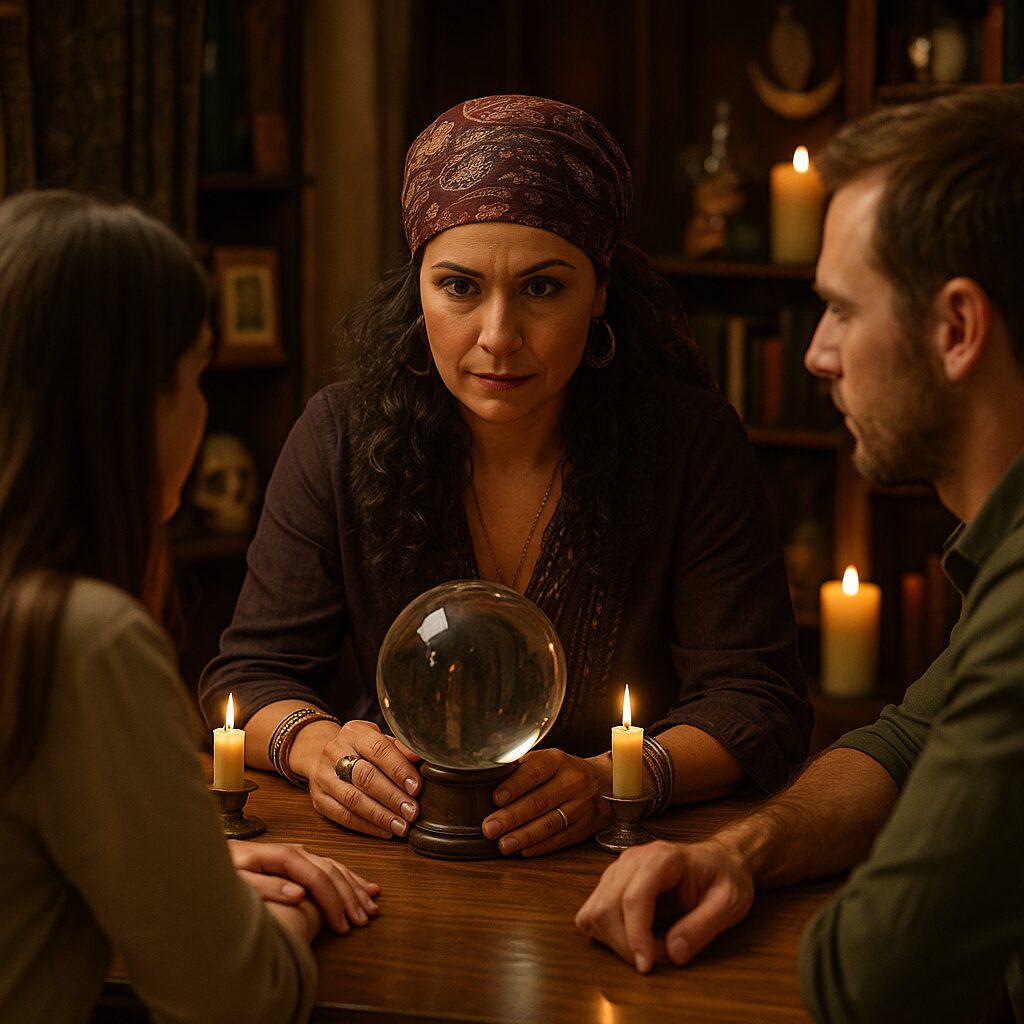Scrying
Scrying is the art of gazing into a reflective or shifting surface—water, mirror, crystal, flame, smoke, or sky—until symbols, visions, or impressions emerge. It is one of the oldest magical practices, found in Egypt with bowls of oil, in Greece with springs and cauldrons, in medieval Europe with polished black mirrors, and in the crystal lore of fortune-tellers. What links all these traditions is not trickery but the trained capacity to quiet the mind and open perception, allowing the unseen to impress itself upon awareness.
Throughout history, scrying has been both revered and maligned. On one hand, it has been a tool of kings, priests, and magicians; on the other, it has been misused by charlatans who preyed on desperation with false visions. Even today, it is often dismissed as theatrical fortune-telling. Yet its persistence across cultures tells another story: when properly approached, scrying is not deception, but a subtle and profound art of listening.
In practice, scrying stands at the crossroads of many magical paths. It overlaps with divination, seeking signs and answers in symbol; with mediumship and spirit communication, since presences may speak through vision; with elementals, as each medium—water, fire, smoke, stone—can shape the encounter. In more structured forms, scrying is paired with invocation or evocation, calling upon allies or powers to clarify the vision. It can even touch Pathworking, as the gaze becomes a doorway through which the practitioner journeys inward or across the threshold. Scrying is thus not an isolated act but a hinge, where many currents of magic converge.
Within the Coven of the Veiled Moon, scrying is practiced by one of our members specially trained in the art. It is not called upon lightly, but when the need arises for subtlety, clarity, or the ability to perceive what cannot be reached by simpler means, the scryer’s work becomes invaluable. For us, scrying is less about foretelling fixed futures than about discerning possibilities, listening for the whisper of spirit, or recognizing truths otherwise hidden.
Examples
- Filling a cauldron with water under moonlight, gazing until an ancestor’s presence reveals itself.
- Watching the smoke of incense drift during ritual, interpreting its forms as guidance from unseen allies.
- Holding a crystal ball in dim light, softening the gaze until images rise like dream fragments.
- Gazing into fire at a seasonal rite, discerning omens in the shifting tongues of flame.
- Using a black mirror in ritual, invoking protective guardians, and awaiting symbols to surface on its dark surface.
Note: Scrying, for all its beauty, is also perilous. To soften the veil is to open a door, and not all who cross are welcome. Accidental summoning is a real danger—spirits, attracted by the open channel, may intrude uninvited. Without strong wards, a scrying session can become a breach through which disruptive or deceptive presences slip. This is why scrying has been so often misunderstood and feared: its misuse creates confusion, its neglect of boundaries invites harm. Yet when framed with protection, intention, and respect, it is one of the most important arts of magic. To gaze is not to command, but to listen. To see is to accept responsibility for what enters. Our teaching is clear: prepare with banishing and warding, ground afterward, and treat the work with reverence. Scrying is not a trick or a game—it is a threshold practice, and thresholds must be guarded.

